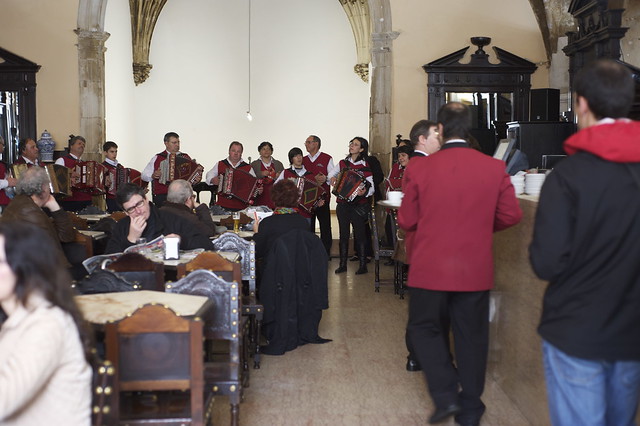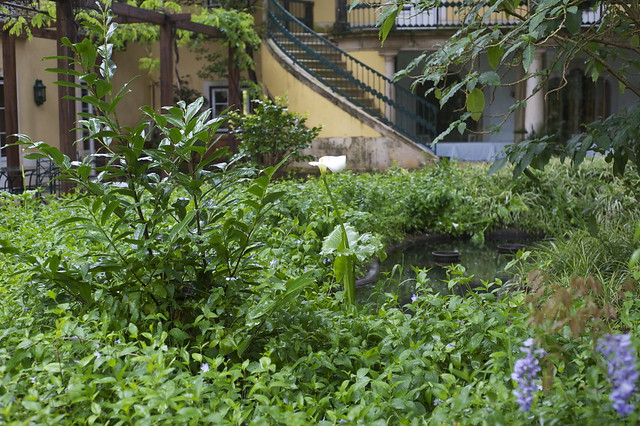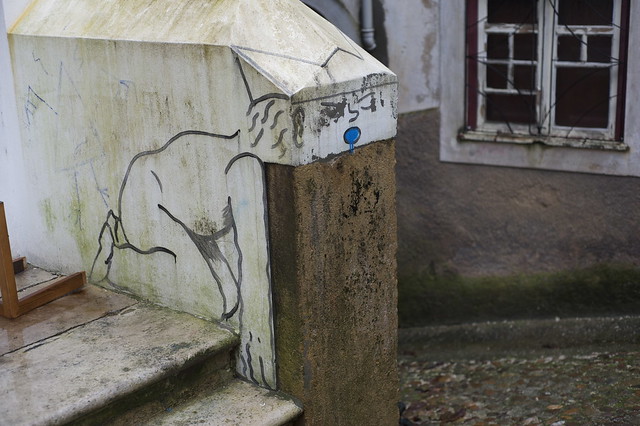Capital of Portugal during the Middle Ages with a historic UNESCO World Heritage Site university established in 1290 (making it the fifth oldest in the world), Coimbra is a city steeped in age old tradition yet imbued with a youthful spirit.
Continuing the ‘Centro leg’ of my Portugal Please road trip, I had the pleasure of snooping round Coimbra for a day. I spent most of that time discovering the university, its Baroque library (and the protected resident bats who live there) and its many publicly accessible buildings. I loved how the grand and ancient architecture yielded to 21st century street art (and vice versa), how a secluded royal chapel opened onto an informal bar teeming with students – basically, how something so old was still so relevant and had remained in constant use for so long.

A stroll round Coimbra’s evocative and hilly cobbled streets revealed all sorts of lovely little bars and cafes along with beautiful cathedrals, ace museums and plenty more. It’s a fun place to ‘get lost’ and see what sort of surprises you might come across. I was quite taken by the sight and sound of a dozen plus accordionists playing together inside the popular Café Santa Cruz set on the edge of the city’s central Praça 8 de Maio. I don’t think the mega-accordion concert is typical occurrence. Still, nobody else seemed too astonished by it.

As with Aveira and Bairrada, the visit to Coimbra was part of an invited opportunity to try out some suggestions from bespoke tour provider, Sunvil. The Centro region of Portugal is the latest addition to the itineraries offered by Sunvil. I loved everything I experienced in Centro and did not get enough of this largely undiscovered area and am keen to return. If Centro sounds like the place for you, I recommend looking up Sunvil for expert assistance in planning your trip.
STAY
I stayed across the Mondego River from Coimbra in Santa Clara (accessible by a pedestrian bridge) at the upscale Hotel Quinta das Lágrimas. Situated within several verdant acres of lush gardens, the place oozed with Portuguese romance. Indeed, famed Fado performer Amália Rodrigues is said to have wished she had been born there.

Beyond revelling in luxurious four star accommodations, here I learned the story of Pedro and Ines – a prince and noblewoman whose illicit affair centred round rendezvouses in the gardens that are now the hotel grounds. Pedro and Ines’ story reads something along the lines of a real life Romeo and Juliet with a royal connection and a ghoulish epilogue. It’s worth noting here that quinta das lágrimas literally translates to “farm of tears” in English. I was just about in tears having to leave the hotel and its once Michelin starred (still exceedingly good) Arcadas restaurant; the bed in my garden side room was so comfortable; dinner was lavish and perfectly served; the gardens were gorgeous.
EAT AND DRINK
I had a fantastic informal lunch at Fangas Mercearia Bar. Here I tried a scrumptious assortment of local petiscos (essentially, Portuguese tapas), including excellent sausages and cheeses, smoked eel, and a satisfying glass of Chão da Quinta wine and a taste of the especially yummy house dessert, chocolate, walnut and Port brownie-thingy. Most dishes were made to share, ample in size and price around €5 or less.

Be sure to check back soon for future instalments of my Portugal Please miniseries.























Pingback: Portugal Please: Até Logo